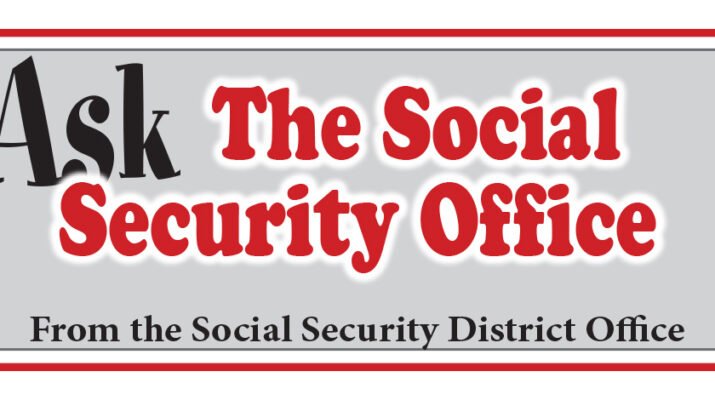By Warren Beck | Social Security District Manager in Syracuse
Social Security works with the Office of the Inspector General (OIG) to protect you from scams that use Social Security as bait. Section 1140 of the Social Security Act allows OIG to impose severe penalties against anyone who engages in misleading Social Security-related advertising or imposter communications.
OIG may impose a penalty against anyone who:
• Mails misleading solicitations that appear to be from or authorized by Social Security.
• Operates an imposter website or social media account designed to look like it belongs to or is authorized by Social Security.
• Sends emails or text messages or makes telephone calls claiming to be from Social Security.
• Sells Social Security’s free forms, applications, and publications without our written approval.
• Charges a fee for a service that Social Security provides free of charge without providing a clearly visible notice that Social Security provides the service for free.
If you receive a misleading or suspicious Social Security-related advertisement, phone call or email, you should let us know right away. Try to capture as many details as you can.
Here’s what you can do:
• For suspicious websites or social media accounts, please take a screenshot of the page. Note the website address or social media link — and how you came across it.
• For emails and text messages, capture the entire message and any links or attachments.
• For mail, retain the complete communication, including the outside envelope and all inserts.
• For telephone solicitations, note the caller identification phone number and any company name or call back number provided by the caller or recorded message.
You can help us stop misleading advertising and communications. We encourage you to report possible scams to the OIG at oig.ssa.gov/report. You can also call our fraud hotline at 1-800-269-0271 or send an email to OIG.1140@ssa.gov.
To learn more, check out our publication, “What You Need to Know About Misleading Advertising”, at www.ssa.gov/pubs/EN-05-10005.pdf. You can also review Section 1140 at www.ssa.gov/OP_Home/ssact/title11/1140.htm.
Please share this information with friends and family and help us spread the word on social media.
Q&A
Q.: Who can get Extra Help with Medicare prescription drug coverage?
A.: Medicare Part D prescription drug coverage is available to anyone with Medicare. Joining a Medicare prescription drug plan is voluntary, and you pay an additional monthly premium for the coverage. People with higher incomes might pay higher premiums.
If you have limited resources and income, you may be eligible for Extra Help to pay for the costs — monthly premiums, annual deductibles, and prescription co-payments — related to a Medicare prescription drug plan. To be eligible for Extra Help, you must reside in one of the 50 states or the District of Columbia. If your resources and income meet the requirements, you can save nearly $5,900 in prescription costs each year. For 2024, your resources must be limited to $17,220 (or $34,360 if you are married and living with your spouse). Resources include such things as bank accounts, stocks, and bonds. We do not count your house and car as resources. Your annual income must be limited to $22,590 (or $30,660 if you are married and living with your spouse).
In some cases, you might be able to get assistance even with a higher income. Learn more at www.ssa.gov/medicare/part-d-extra-help.
Q.: I noticed that my date of birth in Social Security’s records is wrong. How do I get that corrected?
A.: To change the date of birth shown on our records, take the following steps:
• Complete an Application for A Social Security Card (Form SS-5).
• Show us documents proving:
– U.S. citizenship (if you have not previously established your citizenship with us).
– Age.
– Identity.
• Take (or mail) your completed application and documents to your local Social Security office.

